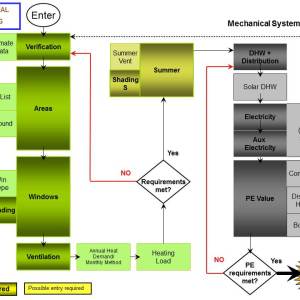Energy Use as a Fundamental Financial Metric
In a first of its kind in the US report called Recognizing the Benefits of Energy Efficiency in Multifamily Underwriting, released January 10th, and commissioned by Deutsche Bank Americas Foundation and Living Cities, the economic case is clearly made for showing lenders that potential financial savings of energy efficiency upgrades can and should be considered in the underwriting of loans – allowing for larger loans to cover the efficiency upgrade.
Deutsche Bank & Living Cities
The report, produced by HR&A Advisors and Steven Winter Associates, with assists by Michael Blasnik & Associates and the Northern Manhattan Improvement Corporation, analyzed pre- and post- energy use of 231 retrofit projects, totaling over 21,000 units of affordable housing, that had completed the NYSERDA Assisted Multifamily Program.
The average gains measured for building owners were modest, with heating fuel reduction of 19% and electric reduction of 7%, yet financially significant and compelling.
Other key findings include:
Fuel measures save [much, much] more than electric measures.
The worse the performance of the building, the bigger the potential savings upside.
Handicapping performance goals based on overall market data enhances the likelihood of any individual building hitting projected performance.
Risk factors are understood and there are effective and clear measures to mitigate them.
I encourage you to chew through this wonderful report here (pdf).
BUT I think this report is more important than showing a clear methodology toward financing energy efficiency retrofits and it is this:
The report infers that a building’s energy consumption is a fundamental financial liabilty in the ownership of the building. Like property taxes and operations staffing, energy consumption is a big number on the balance sheet. Yet unlike property taxes and operations, the financial liability of energy consumption is within the power of the building owner to significantly reduce. (If they can just get the financing.)
I can’t help but imagine what the possibilities could be if deep-energy and Passive House level retrofits were made part of the equation. With 90% reduction in heating demand, the building owner and financial lender would be crazy, IMHO, not to consider the huge financial upside of a Passive House retrofit. One step at a time, I guess….

